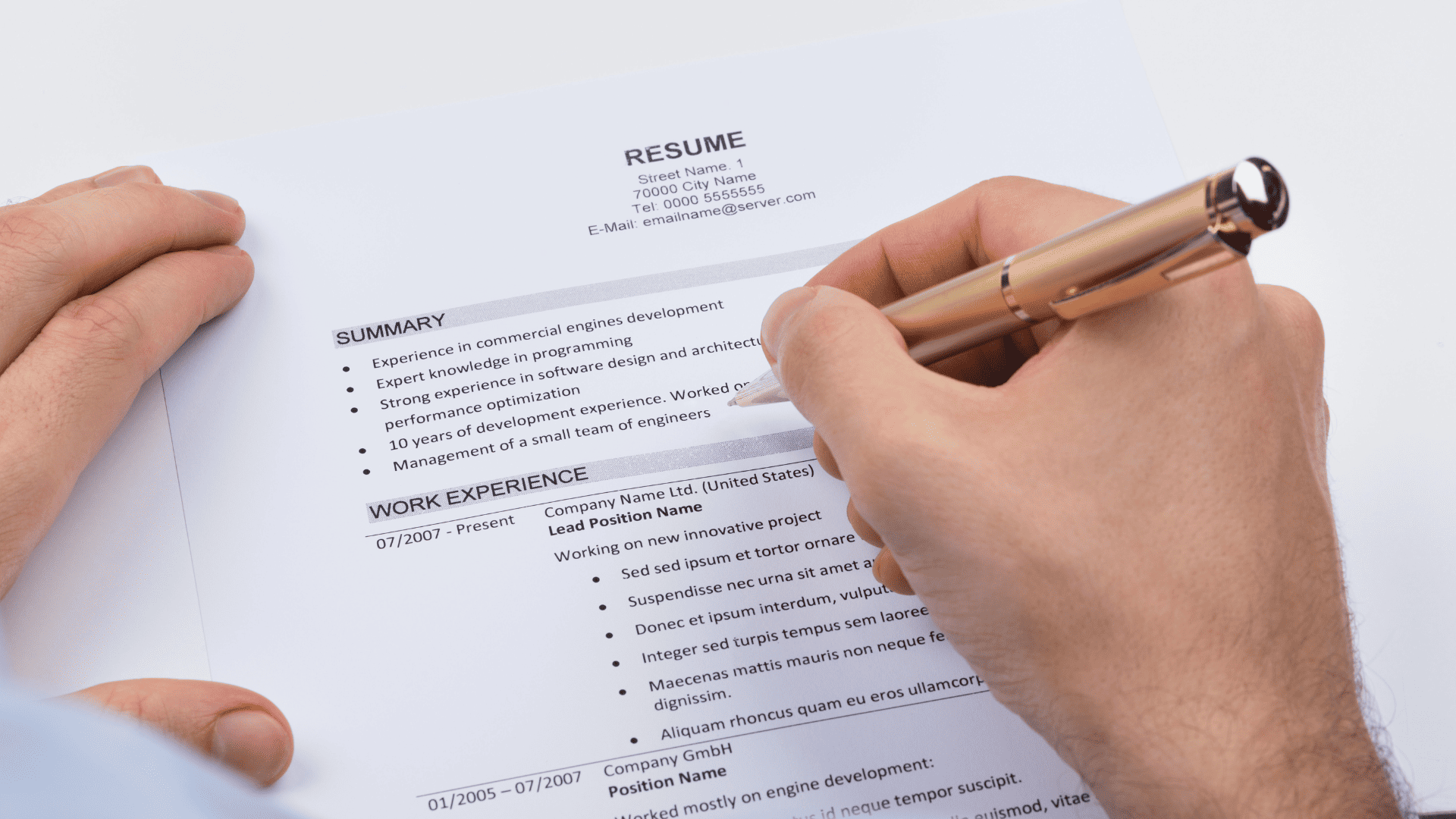Navigating workplace health hazards is crucial for ensuring employee safety – and productivity. With a diverse range of risks, from poor air quality to ergonomic strain, understanding and addressing these challenges helps create a safer work environment.
By proactively implementing targeted strategies, HR departments can protect staff well-being while fostering an atmosphere where employees thrive.
Slip and Trip Hazards
Office environments, manufacturing plants, and other workplaces often conceal slip and trip hazards that can result in injuries. Unsecured cables, uneven flooring, and wet surfaces near restrooms or kitchen areas, for example, pose significant risks to employees.
Addressing these issues involves more than just a reactive approach. Proactive measures are essential for maintaining safety. HR should coordinate regular inspections of high-traffic areas to identify potential dangers.
Implementing non-slip mats in wet zones, using cable management systems, and ensuring walkways remain clear are just some effective strategies.
Promoting an organized workspace minimizes clutter-related incidents while reinforcing the importance of vigilance among staff to prevent accidents.
Poor Air Quality
Poor air quality in offices and other workspaces can sneak up like a stealthy cat. Modern spaces prioritize aesthetics, often at ventilation’s expense. The result? Stuffiness that traps pollutants and allergens inside.
Consider those open-plan designs where AC is an afterthought or spaces relying on artificial fragrances to mask odors. Inhaling these can cause headaches and fatigue among employees.
HR can play a crucial role by introducing plans to ensure HVAC systems are regularly maintained, introducing air purifiers, or encouraging indoor plants known for filtering toxins like spider plants and peace lilies.
Asbestos Exposure
Once hailed for its fireproof magic, asbestos is now seen as a lurking villain. Older buildings may still harbor this silent hazard in insulation, tiles, or ceiling materials. Disturbing it releases tiny fibers that float unseen and invade lungs like an invisible army.
Long-term exposure can lead to severe respiratory diseases such as mesothelioma and lung cancer. Therefore, HR teams must prioritize identifying asbestos presence through thorough inspections.
It’s crucial to engage certified professionals for asbestos removal.
Also, informing employees about potential risks and maintaining clear communication channels helps mitigate fear while ensuring safety compliance.
Proactive management ensures your workforce remains free from the health risks of asbestos exposure. Removing asbestos also ensures employees do not pursue lawsuits after being exposed to it and developing health issues.
Ergonomic Strain
In modern workplaces, employees often face ergonomic strain from improper workstation setups.
Extended hours at desks with inadequate chairs or poorly positioned monitors, for example, can lead to discomfort and long-term health issues such as back pain or repetitive strain injuries.
This challenge calls for a structured approach to workplace design. HR departments should invest in adjustable chairs and desks, allowing workers to customize their setup for optimal posture.
Additionally, incorporating regular training sessions on ergonomic best practices helps staff recognize the importance of correct positioning.
Encouraging breaks to stretch and move also contributes significantly to reducing strain, enhancing both comfort and productivity.
Poor Lighting
Inadequate lighting in workplaces affects more than just visibility; it impacts employee well-being and productivity. Dim or harsh lighting strains eyes, leading to fatigue and headaches. Poorly lit areas also pose safety hazards, increasing the risk of accidents.
Addressing this issue requires a comprehensive approach. HR can ensure that workspaces have sufficient ambient light and adjustable task lighting to accommodate individual needs.
Daylight exposure should be maximized where possible, as natural light enhances mood and energy levels.
Regular assessments of lighting conditions can identify problem areas, allowing for timely adjustments that improve both the physical environment and employee satisfaction.
Prolonged Sedentary Behavior
Many employees spend long hours at desks without adequate movement. Extended sedentary behavior is a significant concern in today’s work culture, leading to various health issues such as obesity, cardiovascular problems, and musculoskeletal disorders.
Addressing this requires promoting an active workplace environment. HR can implement strategies like encouraging regular breaks for stretching or short walks. And standing desks offer flexibility for alternating between sitting and standing positions.
Organizing wellness challenges that incorporate physical activities also fosters a more dynamic office atmosphere.
By integrating movement into daily routines, companies enhance employee well-being and productivity while reducing the risks associated with prolonged inactivity.
Electrical Risks
Electrical risks in workplaces are a serious concern, often arising from faulty wiring, overloaded circuits, or improper use of equipment. These hazards can lead to electrical shocks, fires, and severe injuries.
Ensuring safety begins with regular inspections by certified professionals to identify and rectify potential issues.
HR should establish clear guidelines for safely using electrical devices and promote awareness among employees about the dangers of unauthorized repairs.
Additionally, providing training sessions on emergency response procedures ensures readiness in case of an incident.
Maintaining organized cables and accessible power outlets reduces clutter-related accidents while fostering a secure work environment for all staff members.
Pest Problems
Workplace pest problems can disrupt operations and pose health risks to employees. Rodents, insects, and other pests carry diseases and can contaminate food supplies, potentially leading to illness.
Addressing these issues requires proactive measures. Regular inspections by pest control professionals help identify early signs of infestation before they escalate.
HR should implement strict cleanliness policies, encouraging employees to maintain tidy workstations and dispose of waste properly.
Sealing entry points such as gaps in windows or doors is essential for preventing pest access. Additionally, fostering awareness through educational initiatives ensures that all staff members understand their role in maintaining a pest-free environment.
The Bottom Line
Addressing workplace health hazards requires vigilance and proactive measures.
By implementing effective strategies, HR can mitigate risks, ensuring a safer environment. This commitment to employee well-being fosters a supportive culture where staff can flourish.










